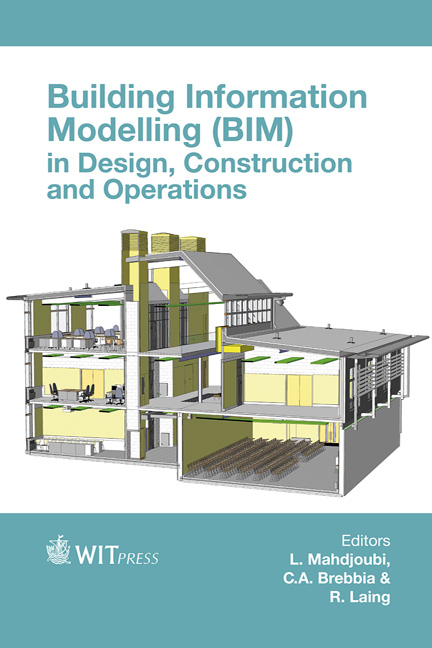BIM: Postgraduate Multidisciplinary Collaborative Education
Price
Free (open access)
Transaction
Volume
149
Pages
11
Page Range
133 - 143
Published
2015
Size
637 kb
Paper DOI
10.2495/BIM150121
Copyright
WIT Press
Author(s)
M. Mathews
Abstract
BIM technologies and processes are steadily increasing in the design and construction industry. The amount of undergraduate courses delivering BIM based applied and theory courses is also on the rise. These students will be entering a job market where their skillsets in digital modelling and collaborative practice will be in demand. However, existing AEC (architectural, engineering, construction) professionals are recognising the changes happening in the industry. Each domain is influenced and challenged by BIM. The traditional process and workflows will change as BIM adoption grows. AEC professionals are seeking out training and education courses to upskill. Perhaps the greatest challenge faced by professionals seeking to move their work to BIM is the conceptual move away from pushing data out to the stakeholders in a traditional detached procurement process in favour of bringing the stakeholders to the data in a collaborative process. Collaboration is not something that comes easy in a design and construction industry that has its roots in a division of intellectual effort over technical know-how going back over 500 years. For PG (postgraduate) students who have been taught in domain based silos then professionally educated within demarcation boundaries of one’s discipline based on a hierarchical system of design responsibility, the idea of setting this to one side so that you open yourself to a collaborative process is a daunting prospect. Specialist education programmes must be developed to teach such professionals how to collaborate. AEC professionals can take full advantage of the technologies and the integrated collaborative process it promotes. This paper will report findings on a case study of postgraduate multidisciplinary collaborative learning module in the School of Multidisciplinary Technology’s CPD BIM programme in the Dublin Institute of Technology.
Keywords
BIM education, BIM postgraduates, BIM multidisciplinary collaboration, BIM learning environments





